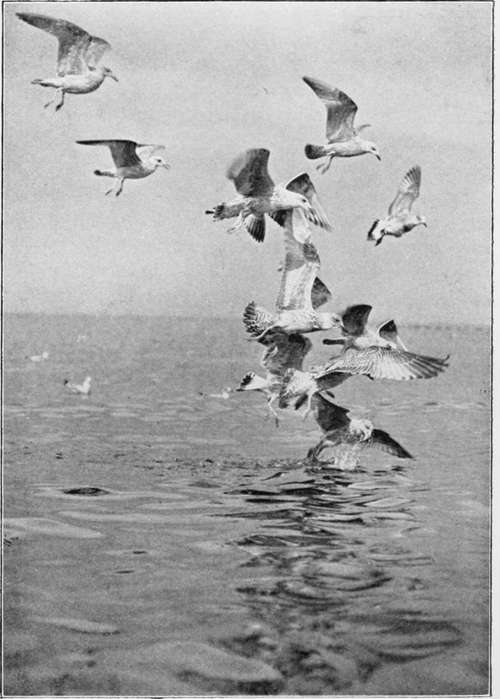Drawing And Etching Papers For Single Transfer
Description
This section is from the book "The Barnet Book Of Photography", by Herts Barnet. Also available from Amazon: The Barnet Book Of Photography.
Drawing And Etching Papers For Single Transfer
White and toned drawing and etching papers of smooth and rough surfaces are obtainable prepared for receiving prints by single transfer, in the same manner as previously described for the thin ordinary single transfer paper.
There are slight differences in working, and extra precautions are necessary to avoid failures and defects, but their use involves no special difficulty.
In order to retain the effect of the surface of the paper in the finished print, the gelatine coating is thin, and not kept so much on the surface as in the ordinary paper. Should any difficulty be experienced in determining which is the prepared surface, the paper should be held obliquely to the light, and the prepared face will appear very slightly glossy, while the back will be absolutely dull.
Prints finished on these papers will have just sufficient glaze in the shadows to assist detail and give depth, while all the lighter tones remain perfectly matt; and they retain the texture of the paper admirably.
Much longer soaking of these papers is necessary before squeegeeing the exposed prints into contact, from fifteen to forty-five minutes according to the thickness and roughness of the paper, but longer will not injure them nor affect the after working.
In squeegeeing, greater pressure must be used than is necessary with the thin smooth papers in order to ensure that the tissue shall be in good contact with the paper throughout.

GULLS. By JOHN C. DOUGLAS.
In developing, blisters and frilling are more probable if the operation is prolonged, and, speaking generally, greater care is required.
In the alum bath much longer time is necessary in order to remove the yellow stain from the bichromate. With very thick papers from twenty to thirty minutes should be allowed ; it will not injure the prints.
Any worker may prepare drawing or similar paper for single transfer with very little trouble. A solution of gelatine should be made, containing an ounce of good colourless hard gelatine in a pint of water. The gelatine should be soaked in cold water for about an hour, the water drained off, and sufficient boiling water added to make a pint of solution. This should be kept hot during the operation of coating the paper. As soon as the gelatine is perfectly dissolved, twenty grains of chrome alum dissolved in two ounces of hot water should be added, a little at a time, with frequent stirring or shaking. Only sufficient of the gelatine should have chrome alum added to give one coating to the paper, the addition being made for subsequent coatings when they are to be applied. A pint of solution should be sufficient for one coating for five sheets of drawing paper, Imperial size.
The solution should be applied with a sponge or flat camel-hair brush, and care taken to give a thin and even coating, the sponge or brush being first taken in one direction over the entire surface of the paper, and then across at right angles. When the first coating is dry a second should be given, keeping it like the first, thin, and as free from streaks or uneven patches as possible. If difficulty is experienced in applying this gelatine solution, it may be made thinner, and three coatings given instead of two. Or, as an alternative method, the paper may be prepared in the same manner with plain gelatine, without the addition of chrome alum ; and, after drying and cutting up, the pieces may be immersed in a solution of chrome alum, ten grains to each ounce of water, and rinsed in three or four changes of water and dried. This paper will keep indefinitely.
Continue to:
Tags
paper, print, negative, exposure, lens, development, camera, focus
